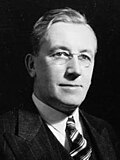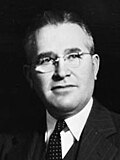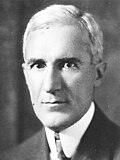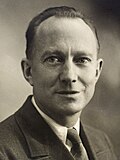
Back Kanadische Unterhauswahl 1945 German Elecciones federales de Canadá de 1945 Spanish Élections fédérales canadiennes de 1945 French 1945年加拿大联邦大选 Chinese
| |||||||||||||||||||||||||||||||||||||||||||||||||||||||||||||||||||||||||||||||||||||||||||||||||||||
245 seats in the House of Commons 123 seats needed for a majority | |||||||||||||||||||||||||||||||||||||||||||||||||||||||||||||||||||||||||||||||||||||||||||||||||||||
|---|---|---|---|---|---|---|---|---|---|---|---|---|---|---|---|---|---|---|---|---|---|---|---|---|---|---|---|---|---|---|---|---|---|---|---|---|---|---|---|---|---|---|---|---|---|---|---|---|---|---|---|---|---|---|---|---|---|---|---|---|---|---|---|---|---|---|---|---|---|---|---|---|---|---|---|---|---|---|---|---|---|---|---|---|---|---|---|---|---|---|---|---|---|---|---|---|---|---|---|---|---|
| Opinion polls | |||||||||||||||||||||||||||||||||||||||||||||||||||||||||||||||||||||||||||||||||||||||||||||||||||||
| Turnout | 75.3%[1] ( | ||||||||||||||||||||||||||||||||||||||||||||||||||||||||||||||||||||||||||||||||||||||||||||||||||||
| |||||||||||||||||||||||||||||||||||||||||||||||||||||||||||||||||||||||||||||||||||||||||||||||||||||
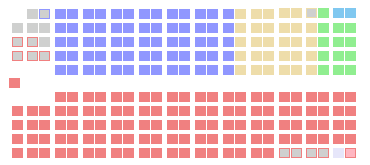 The Canadian parliament after the 1945 election | |||||||||||||||||||||||||||||||||||||||||||||||||||||||||||||||||||||||||||||||||||||||||||||||||||||
| |||||||||||||||||||||||||||||||||||||||||||||||||||||||||||||||||||||||||||||||||||||||||||||||||||||
The 1945 Canadian federal election was held on June 11, 1945, to elect members of the House of Commons of the 20th Parliament of Canada. Prime Minister William Lyon Mackenzie King's Liberals won a third term. The party fell five seats short of a majority but was able to rule as a majority government with the support of Independent Liberal MPs.
Since 1939, Canada had been fighting in World War II. In May 1945, the war in Europe ended, allowing King to call an election. As the war in Asia was still raging on, King promised a voluntary force to fight in Operation Downfall, the planned invasion of Japan, while Progressive Conservative Party (PC Party) leader John Bracken promised conscription, which was an unpopular proposal and led to the PCs' third consecutive defeat. The Liberals were also re-elected because of their promise to expand welfare programs. However, they also lost about a third of their seats; this stark decline in support was partly attributed to their introduction of conscription in 1944 (which was unpopular in Quebec, paving the rise of the Bloc Populaire)[2] as well as the breakthrough of the democratic socialist Co-operative Commonwealth Federation (CCF), which campaigned on an even bigger expansion of the welfare state than the Liberals. The Social Credit Party made modest gains.
Although the election officially resulted in a minority government, the election of eight "Independent Liberal" MPs, most of whom did not run as official Liberals because of their opposition to conscription, gave the King government an effective working majority in parliament. Most of the Independent Liberal MPs joined (or re-joined) the Liberal caucus following World War II when the conscription issue became moot. As King was defeated in his own riding of Prince Albert, fellow Liberal William MacDiarmid, who was re-elected in the safe seat of Glengarry, resigned so that a by-election could be held, which was subsequently won by King.[3]
- ^ "Voter Turnout at Federal Elections and Referendums". Elections Canada. Retrieved March 10, 2019.
- ^ Neatby, H. Blair (2016). "King, William Lyon Mackenzie". In Cook, Ramsay; Bélanger, Réal (eds.). Dictionary of Canadian Biography. Vol. XVII (1941–1950) (online ed.). University of Toronto Press. Retrieved July 25, 2022.
- ^ Neatby, H. Blair (2016). "King, William Lyon Mackenzie". In Cook, Ramsay; Bélanger, Réal (eds.). Dictionary of Canadian Biography. Vol. XVII (1941–1950) (online ed.). University of Toronto Press. Retrieved July 20, 2015.


